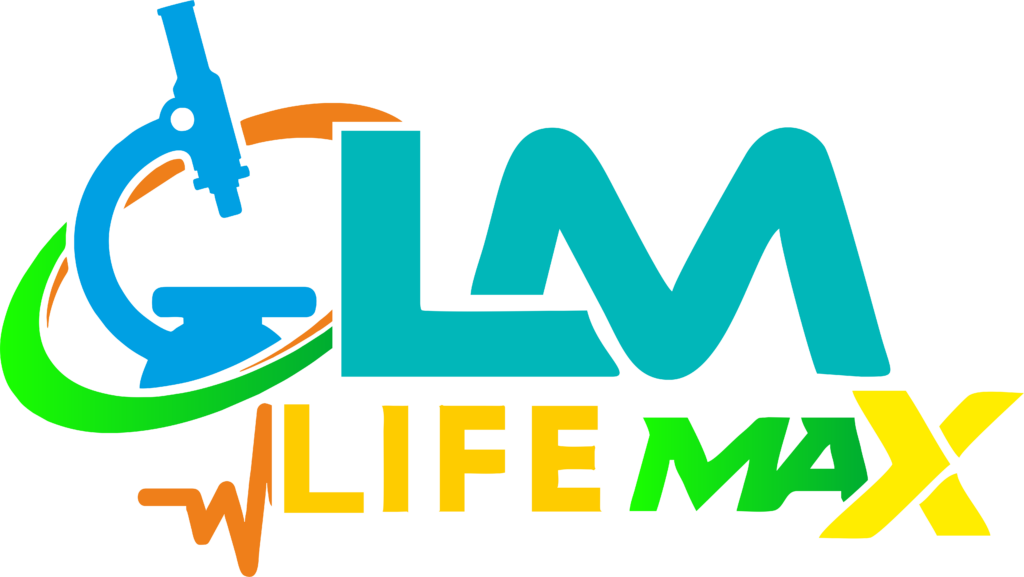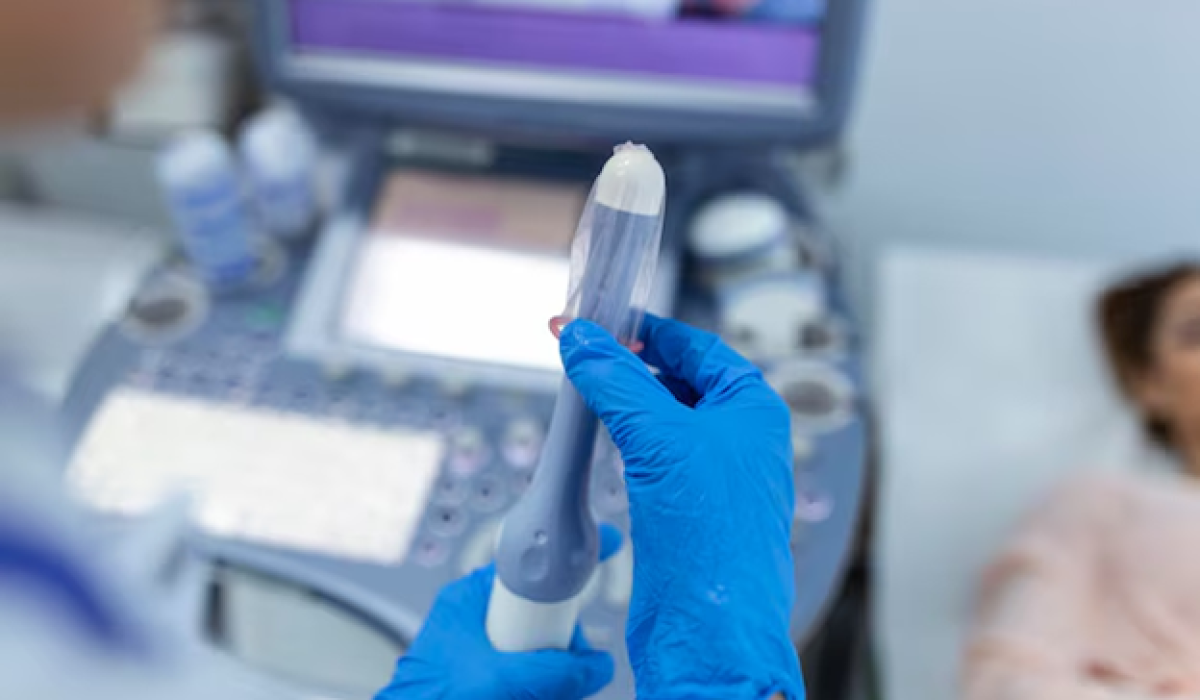Chorionic Villus Sampling (CVS) is a prenatal diagnostic procedure used to assess genetic abnormalities and chromosomal disorders in the developing fetus. Understanding the purpose, procedure, risks, and benefits of CVS is essential for expectant parents considering prenatal testing options.
Let’s delve into the intricacies of CVS to gain a comprehensive understanding of this diagnostic tool.
Purpose of Chorionic Villus Sampling
The primary purpose of CVS is to obtain a small sample of chorionic villi, tiny finger-like projections on the placenta, for genetic analysis. This allows healthcare providers to assess the fetal chromosomes for abnormalities such as Down syndrome (Trisomy 21), Edwards syndrome (Trisomy 18), Patau syndrome (Trisomy 13), and other genetic conditions.
Procedure for Chorionic Villus Sampling
- Pre-Procedure Counseling: Before undergoing CVS, expectant parents typically receive genetic counseling to discuss the risks, benefits, and implications of the procedure. This allows them to make informed decisions about prenatal testing based on their individual circumstances.
- Ultrasound Guidance: During CVS, an ultrasound is used to visualize the fetus and placenta, guiding the placement of the sampling instrument and ensuring the safety of the procedure.
- Sample Collection: The CVS procedure involves either transcervical or transabdominal sampling, depending on factors such as gestational age, placental location, and maternal anatomy. In transcervical CVS, a thin catheter or cannula is inserted through the cervix to reach the placenta and collect a small sample of chorionic villi. In transabdominal CVS, a needle is inserted through the abdomen, guided by ultrasound, to obtain the sample.
- Laboratory Analysis: The collected chorionic villi sample is sent to a laboratory for genetic analysis, typically using techniques such as karyotyping or chromosomal microarray analysis (CMA). These tests examine the fetal chromosomes for numerical abnormalities (aneuploidy) or structural rearrangements.
Risks and Benefits of Chorionic Villus Sampling
- Risks: CVS carries a small risk of complications, including miscarriage, infection, and vaginal bleeding. The risk of miscarriage associated with CVS is estimated to be slightly higher than that of amniocentesis, another prenatal diagnostic procedure.
- Benefits: The primary benefit of CVS is its ability to provide early genetic information during pregnancy, allowing expectant parents to make informed decisions about their pregnancy and prepare for any potential medical or lifestyle adjustments that may be necessary.
Interpreting CVS Results
Interpreting CVS results involves analyzing the genetic information obtained from the chorionic villi sample and determining whether any chromosomal abnormalities or genetic conditions are present in the fetus.
A genetic counselor or healthcare provider will discuss the results with the expectant parents, providing guidance and support as needed.
Chorionic Villus Sampling (CVS) is a valuable prenatal diagnostic tool that allows healthcare providers to assess fetal genetic health and screen for chromosomal abnormalities.
By understanding the purpose, procedure, risks, and benefits of CVS, expectant parents can make informed decisions about prenatal testing and prepare for the arrival of their new addition with confidence and peace of mind.


